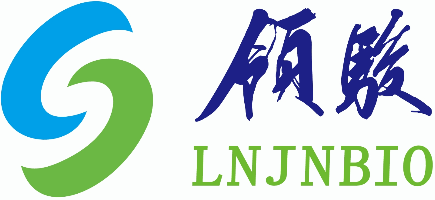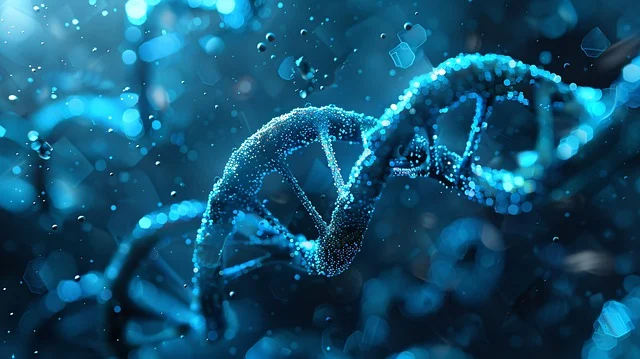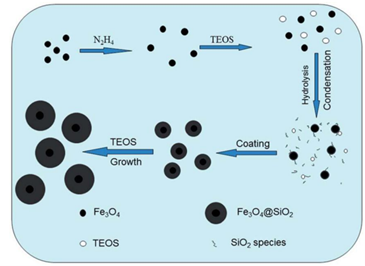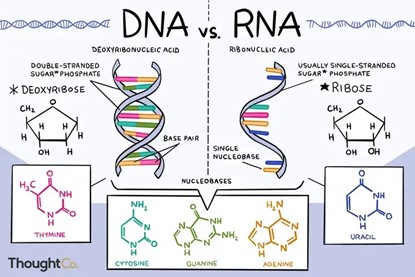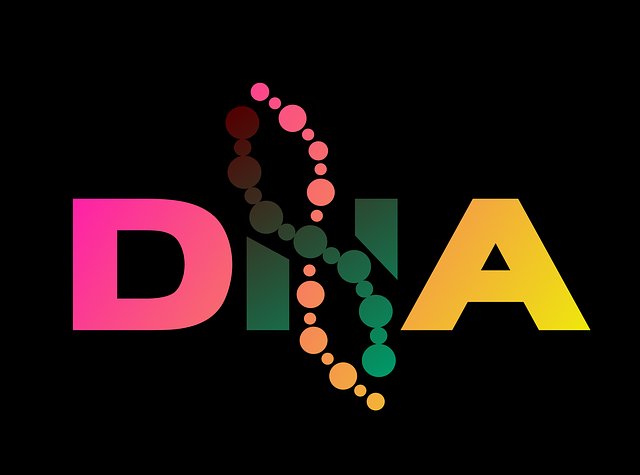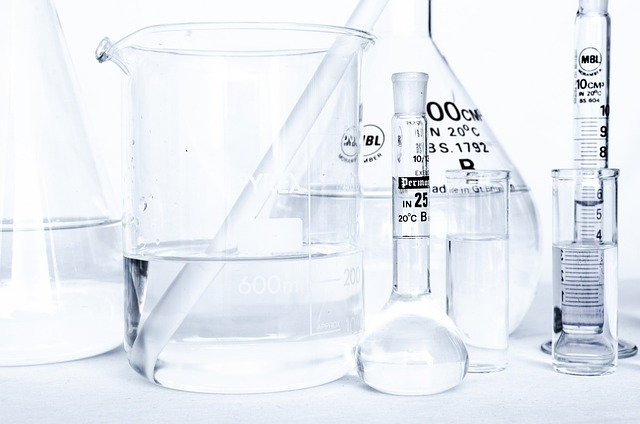Professional Manufacturer of Biomagnetic Beads
In the field of molecular biology and medical diagnosis, nucleic acid extraction is the first step in unlocking the genetic code. From the detection of novel coronavirus nucleic acid to cancer gene analysis, the purity and yield of nucleic acid directly affect the accuracy of the results. In recent years, the magnetic bead nucleic acid extraction technology, with its efficient, flexible and automatic characteristics, has gradually replaced the traditional phenol chlorine method and centrifugal column method, and become the “star tool” of the laboratory.
1. Principles and procedure of nucleic acid extraction by magnetic bead method
The core of the magnetic bead method is the use of surface-modified magnetic nanoparticles (about 50-500 nm in diameter) to bind to nucleic acids by electrostatic adsorption, hydrophobic interaction, or specific ligands (such as silicon hydroxyl and carboxyl groups). Its operation process includes the following steps:
Sample lysis: The lysate destroys the cell membrane / viral capsid and releases the nucleic acid;
Magnetic bead binding: magnetic beads specifically bind with nucleic acids to form a “nucleic acid-magnetic bead complex”;
Magnetic separation: an external magnetic field to adsorb magnetic beads, discard the impurity liquid;
Washing: buffer to remove proteins, polysaccharides and other contaminants;
Elution: The low-salt solution separates the nucleic acid from the magnetic beads to obtain a high-purity nucleic acid.
This process does not require centrifugal column or organic solvent, only magnetic frame, greatly simplifying the operation steps.
2. Comparison of the magnetic bead method with the conventional method
A. Traditional phenol-chlorine method: tedious and dangerous
Principle: Nucleic acid is extracted by organic solvents such as phenol and chloroform, and separated by centrifugation;
Disadvantages: complex steps (need multiple centrifugation), the use of toxic reagents (harm to health), low recovery rate (easy to cause nucleic acid fracture or loss), and difficult to automate.
B. Centrifugal column method: a compromise choice
Principle: Nucleic acid combined with silica gel membrane centrifuge column, purified by centrifugal force;
Advantages: high purity, suitable for conventional samples;
Disadvantages: relying on centrifuge, cumbersome steps (multiple liquid transfer), the effect is unstable, and the cost of centrifugal column consumables is high.
C. Magnetic bead method: a comprehensively upgraded technology
Efficiency: high degree of automation, can process hundreds of samples at the same time, time-consuming shortened by more than 30%;
Sensitivity: the recovery of trace samples (such as plasma free DNA) is 20% -30% higher than the centrifugal column method;
Adaptability: can handle complex samples (such as feces, soil, FFPE tissue), with strong anti-interference ability;
Environmental protection and safety: reduce the use of organic solvents and reduce the pollution risk.
3. Core advantages of the magnetic bead method
High throughput and automation: adaptive automatic nucleic acid extraction instrument, suitable for large-scale screening (such as COVID-19 detection);
High purity and high yield: the magnetic bead surface functional group selective adsorption of nucleic acid, the impurity residue rate is lower than the traditional method;
Flexible customization: magnetic beads can modify different functional groups, adapt to DNA, RNA or specific fragment extraction requirements;
Quick response: only 30 minutes from sample to result, helping with emergency scenarios such as the epidemic.
4. Application scenarios and future prospects
Medical diagnosis: the core steps of COVID-19, HPV and tumor marker detection;
Scientific research fields: single-cell sequencing, environmental microbiome analysis;
Food safety: to detect pathogenic bacteria or genetically modified ingredients in food.
In the future, the magnetic bead method will further develop towards miniaturization (such as microfluidic chip integration) and intelligence (AI control process), and promote the popularization of precision medicine and point-in-time detection (POCT).
5. Notes and common misunderstandings
Myth 1: The more magnetic beads, the better? Excessive magnetic beads will adsorb impurities, but reduce the purity;
Myth 2: The more washing, the better? Excessive washing may lead to nucleic acid loss;
Key point: the appropriate magnetic bead and reagent system should be selected according to the sample type to avoid blind replacement.
Supplier
Shanghai Lingjun Biotechnology Co., Ltd. was established in 2016 which is a professional manufacturer of biomagnetic materials and nucleic acid extraction reagents.
We have rich experience in nucleic acid extraction and purification, protein purification, cell separation, chemiluminescence, and other technical fields.
Our products are widely used in many fields, such as medical testing, genetic testing, university research, genetic breeding, and so on. We not only provide products but also can undertake OEM, ODM, and other needs. If you have a related need, please feel free to contact us at sales01@lingjunbio.com.
